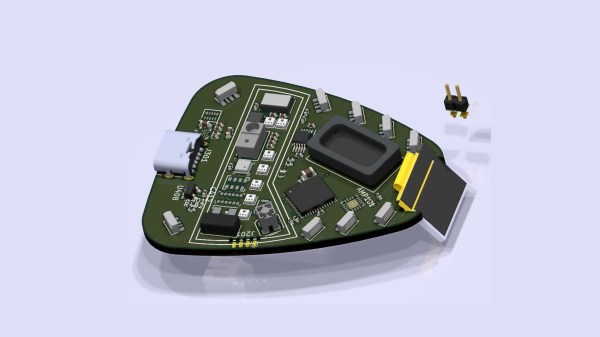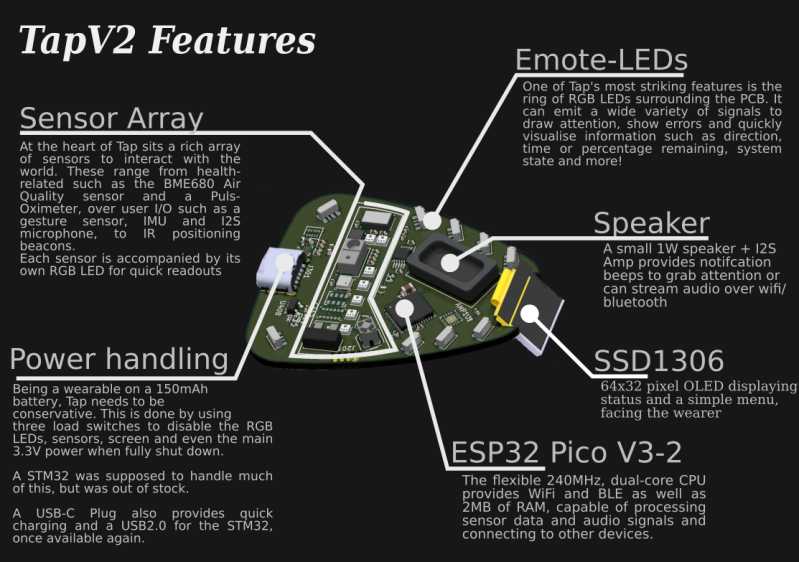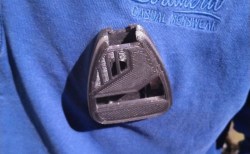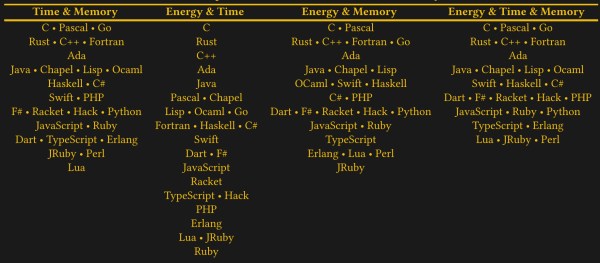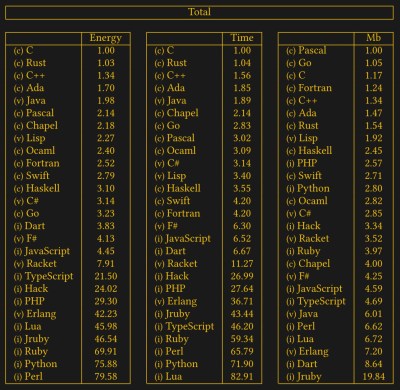![The legendary Technics SL1200 direct-drive turntable, as used by countless DJs. Dydric [CC BY-SA 2.5)], via Wikimedia Commons.](https://hackaday.com/wp-content/uploads/2017/02/640px-technics_sl-1200mk2-2.jpg?w=400)
And like anyone who became an adult while CD players were still expensive luxury items, I started my journey into Hi-Fi with a turntable set-up that sounded pretty good. Since a new generation have in recent years rediscovered vinyl, it’s once again something that should be part of any review of audio technology.
I would have started this piece with a full run-down of the constituent parts of a good turntable, but since that’s a piece that I wrote back in 2017, it’s time to investigate some of the audiophile claims about vinyl recordings. It’s fair to say that this is an area where a lot of complete rubbish is spouted by people who should know better, and that’s something I find immensely entertaining to poke fun at. Buckle up. Continue reading “Know Audio: Get Into The Groove”


